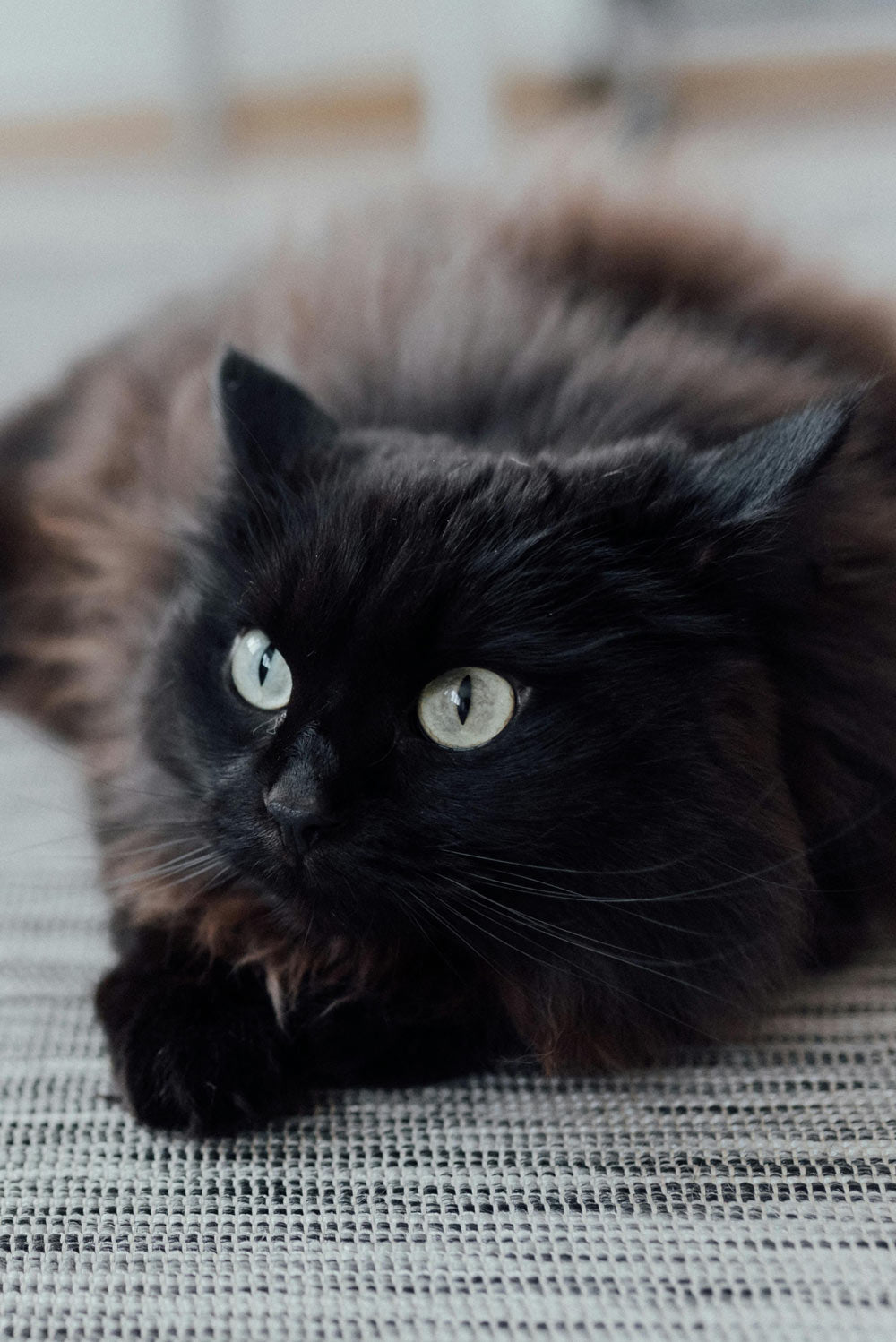At a sanctuary in Zambia, chimpanzees have launched a surprising new fashion trend—dangling blades of grass from their ears and even their butts.
Yes, you read that right.
The behavior, first noticed in 2023, spread rapidly through a group at the Chimfunshi Wildlife Orphanage Trust. Researchers say it serves no medical or practical purpose. It’s not grooming. It’s not foraging. It’s mimicry for social connection.
It all started with one chimp named Juma. He inserted grass into his ear, and within days, four others did the same. A week later, Juma took it further, placing grass in his rectum. That, too, caught on. Soon, most of the group joined in, Live Science reports.

Chimps at a Zambian sanctuary are sticking grass in their ears and butts.
Not the First Time
This isn’t the first time Chimfunshi chimps have embraced strange accessories. In 2010, a female named Julie from a separate group began putting grass in her ear. The move sparked a trend among her peers. According to CNN, even after her death in 2013, a few chimps kept it up—most notably her son.
What’s intriguing is that the two groups live nine miles apart and never interact. Yet both developed the same behavior years apart. Researchers suspect the common link may be human caregivers. Some staff members clean their ears with grass or matchsticks. Chimps likely observed this and copied it—adding their own twist over time.

The trend began with one chimp named Juma in 2023.
More Than Monkey Business
There’s no sign that the chimps are in discomfort. In fact, researchers noted they seem relaxed when showing off their new look. Edwin van Leeuwen, a biologist at Utrecht University, believes the behavior is rooted in social bonding.
“By copying someone else’s behavior, you show that you notice and maybe even like that individual,” he told ScienceAlert. “It might help strengthen social bonds and create a sense of belonging.”
This kind of mimicry, called cultural transmission, has been seen in other species too. Orcas have worn dead salmon like hats. Cockatoos have learned to open trash bins. Wild dolphins once copied tail-walking from captive counterparts. Now, chimps are joining the club.

The phenomenon spread with no clear biological purpose.
Free Time Breeds Creativity
Experts say captivity may play a role. In the wild, chimps are busy avoiding predators and finding food. In sanctuaries, meals come on schedule and dangers are few. That gives them time to play, experiment, and, apparently, accessorize.
The behaviors appear mostly during leisure time—grooming sessions, naps, and social gatherings. “They have a lot of time to just hang out,” van Leeuwen told CNN.
Copying Across Species
The possibility of chimps copying humans—and even one another—is a breakthrough in primate behavior research. Elodie Freymann, a primatologist not involved in the study, called it “mind blowing.” She wonders if this social learning could extend beyond human influence.
“Could they be learning from and copying other non-human species as well?” she asked CNN.
For now, grass remains the accessory of choice. Whether it’s lodged in an ear or hanging from a backside, it’s become a statement—and a glimpse into the rich cultural life of chimpanzees.





















